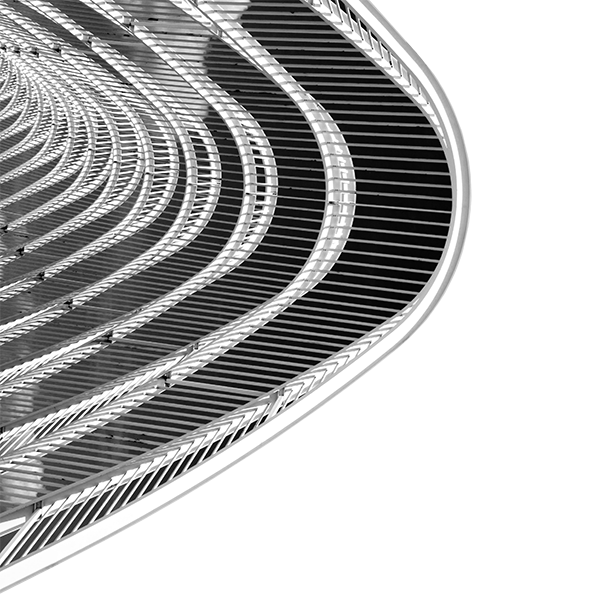EMA and Ansys Press Release
Electro Magnetic Applications and Ansys Collaborate to Deliver Design-to-Validation Workflow for Cable Harnesses
Cutting-edge simulation solution accelerates certification and system-design evaluation for cable harness models across numerous industries
PITTSBURGH, June 11, 2020 – Electro Magnetic Applications, Inc. (EMA) and Ansys (NASDAQ: ANSS) are collaborating to deliver an enhanced design-to-validation workflow for certifying cable harness models in aircraft and automobiles. The workflow greatly reduces electromagnetic interference (EMI) risks to cable harnesses, slashes development time, speeds certification and expedites new products to market faster than ever.
Cable harnesses that transmit electrical power and signals to electronics within aircraft and automobiles must be protected from external EMI sources such as high-intensity radiated fields (HIRF) and lightning strikes. To safeguard these vehicles against EMI interference, time-intensive and costly electromagnetic compatibility (EMC) certification testing must be conducted on physical prototypes.
EMA and Ansys’ new workflow, Ansys EMA3D® Cable, is a robust, platform-level EMC cable modeling solution that delivers an extremely streamlined solution for overcoming EMC design issues. When used early in the design stage, EMA3D Cable can empower engineers to predict product performance more accurately, radically reduce physical prototyping, cut development costs and leverage test results as a basis for final acceptance and certification.
“EMA3D Cable enables engineers to efficiently assess complex cable harness system designs and evaluate protection schemes for vehicles of all sizes,” said Dr. Timothy McDonald, president of EMA. “Collaborating with Ansys on this dynamic new workflow will allow our mutual users to significantly enhance cable harness compatibility designs and substantially decrease cost and risk on the path to EMC certification.”
“OEMs are designing new vehicles to be sleeker and lighter. This typically requires the removal of cable harness shielding, which creates EMI vulnerabilities,” said Shane Emswiler, Ansys’ senior vice president, physics business units. “Designing cable harnesses with EMA3D Cable will help engineers mitigate safety-critical EMI issues — including HIRF, lightning strikes, crosstalk and electromagnetic pulses — drastically improving certification support and reducing design expenses.”
About Ansys: If you’ve ever seen a rocket launch, flown on an airplane, driven a car, used a computer, touched a mobile device, crossed a bridge or put on wearable technology, chances are you’ve used a product where Ansys software played a critical role in its creation. Ansys is the global leader in engineering simulation. Through our strategy of Pervasive Engineering Simulation, we help the world’s most innovative companies deliver radically better products to their customers. By offering the best and broadest portfolio of engineering simulation software, we help them solve the most complex design challenges and create products limited only by imagination. Founded in 1970, Ansys is headquartered south of Pittsburgh, Pennsylvania, U.S.A. Visit www.ansys.com for more information.
Ansys and any and all Ansys, Inc. brand, product, service and feature names, logos and slogans are registered trademarks or trademarks of Ansys, Inc. or its subsidiaries in the United States or other countries. All other brand, product, service and feature names or trademarks are the property of their respective owners.
About Electro Magnetic Applications, Inc.: EMA is a global leader in providing simulation, consulting and measurement services in the technical areas of electromagnetic effects. Specific specialties include lightning direct and indirect effects, high intensity radiated fields (HIRF), precipitation static (P-Static), electromagnetic pulse (EMP), EMI/EMC, spacecraft charging, RF interference, installed antenna performance and radar signature prediction. The company has been in business for over 40 years and is one of the pioneers in using the finite difference time-domain (FDTD) method to solve challenging EMP, lightning and HIRF problems for the aerospace market. More recently, these same techniques coupled with expertise in RF interference are being used to help the automotive community address the challenges of all-electric and autonomous vehicles. EMA is developing a space radiation and weather effects test facility in Pittsfield, Massachusetts that will allow customers to understand the impact of the harsh space environment on their spacecraft.



